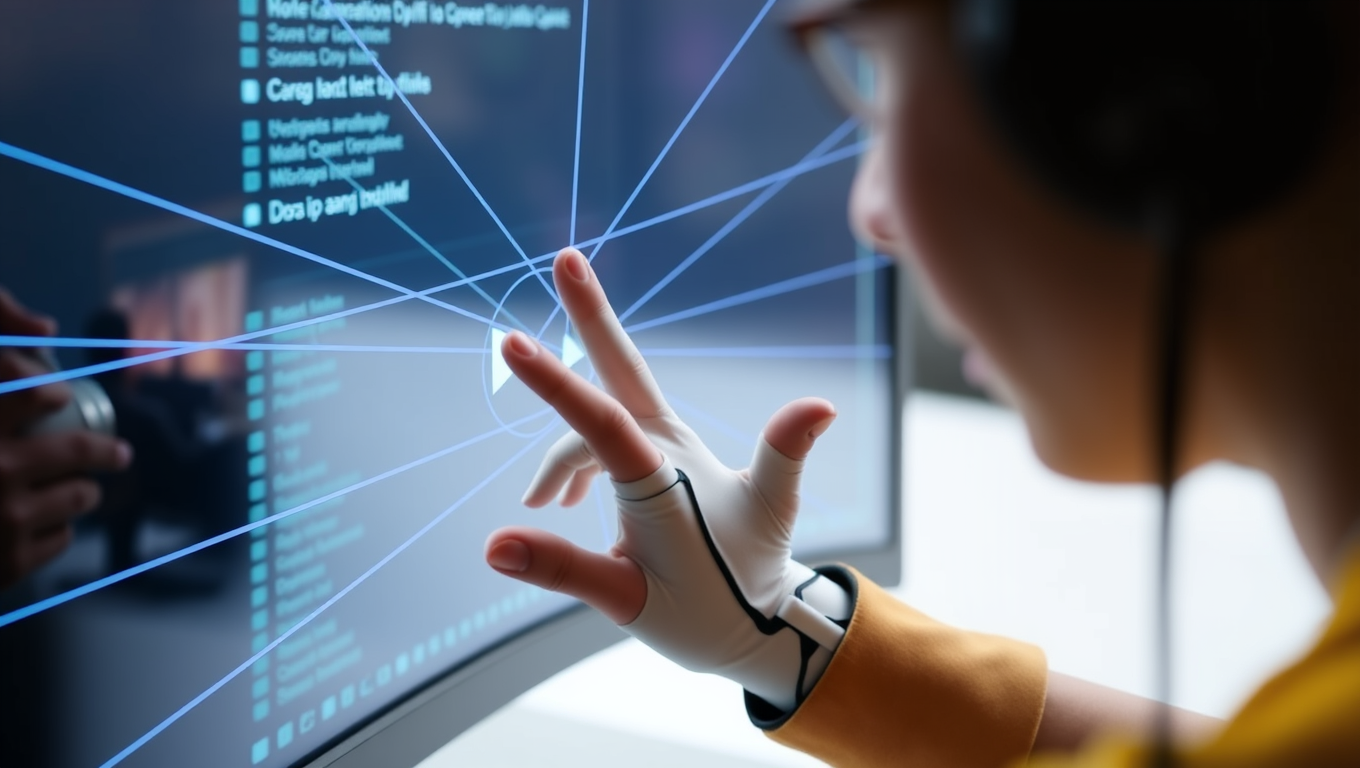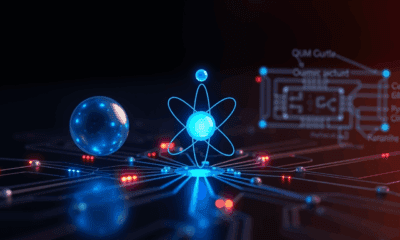While we try to keep things accurate, this content is part of an ongoing experiment and may not always be reliable.
Please double-check important details — we’re not responsible for how the information is used.
Brain-Computer Interfaces
“The Feeling of Control: Uncovering the Secrets of Sense of Agency in Motor Learning”
The sensation of controlling one’s body and things in the environment is known as sense of agency (SoA). Not only is SoA pivotal for tasks and well-being in everyday life, but its mechanisms have become increasingly important for the development of human-computer interfaces in new technology. This need has fueled research in this area, in particular to understand how SoA is generated from scratch in unfamiliar environments. Researchers performed experiments involving hand-to-screen mapping using a specialized glove and highlighted the role of motor exploration in generating experience of self-agency. Their findings could contribute to future health and technology applications.

Brain-Computer Interfaces
Revolutionizing Pain Relief with USC’s Breakthrough AI Implant
A groundbreaking wireless implant promises real-time, personalized pain relief using AI and ultrasound power no batteries, no wires, and no opioids. Designed by USC and UCLA engineers, it reads brain signals, adapts on the fly, and bends naturally with your spine.
Brain-Computer Interfaces
The Hungry Brain: Rutgers Researchers Uncover a Hidden Switch That Turns Cravings On and Off
Rutgers scientists have uncovered a tug-of-war inside the brain between hunger and satiety, revealing two newly mapped neural circuits that battle over when to eat and when to stop. These findings offer an unprecedented glimpse into how hormones and brain signals interact, with implications for fine-tuning today’s weight-loss drugs like Ozempic.
Brain Injury
Krakencoder Breakthrough: Predicting Brain Function 20x Better Than Past Methods
Scientists at Weill Cornell Medicine have developed a new algorithm, the Krakencoder, that merges multiple types of brain imaging data to better understand how the brain s wiring underpins behavior, thought, and recovery after injury. This cutting-edge tool can predict brain function from structure with unprecedented accuracy 20 times better than past models and even estimate traits like age, sex, and cognitive ability.
-

 Detectors8 months ago
Detectors8 months agoA New Horizon for Vision: How Gold Nanoparticles May Restore People’s Sight
-

 Earth & Climate9 months ago
Earth & Climate9 months agoRetiring Abroad Can Be Lonely Business
-

 Cancer9 months ago
Cancer9 months agoRevolutionizing Quantum Communication: Direct Connections Between Multiple Processors
-

 Albert Einstein9 months ago
Albert Einstein9 months agoHarnessing Water Waves: A Breakthrough in Controlling Floating Objects
-

 Earth & Climate9 months ago
Earth & Climate9 months agoHousehold Electricity Three Times More Expensive Than Upcoming ‘Eco-Friendly’ Aviation E-Fuels, Study Reveals
-

 Chemistry9 months ago
Chemistry9 months ago“Unveiling Hidden Patterns: A New Twist on Interference Phenomena”
-

 Diseases and Conditions9 months ago
Diseases and Conditions9 months agoReducing Falls Among Elderly Women with Polypharmacy through Exercise Intervention
-

 Agriculture and Food9 months ago
Agriculture and Food9 months ago“A Sustainable Solution: Researchers Create Hybrid Cheese with 25% Pea Protein”





























